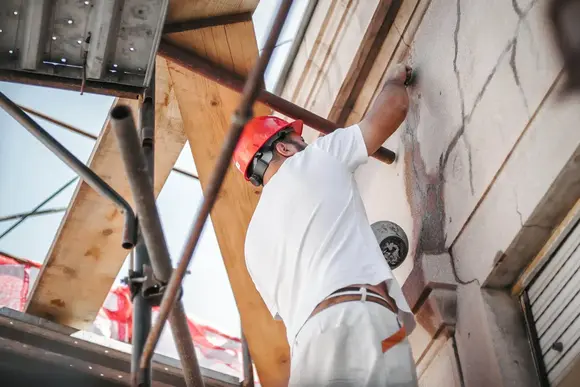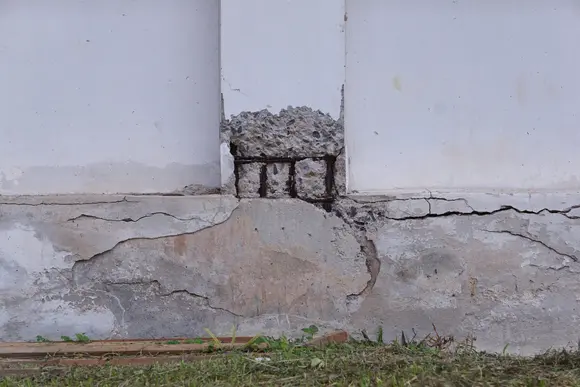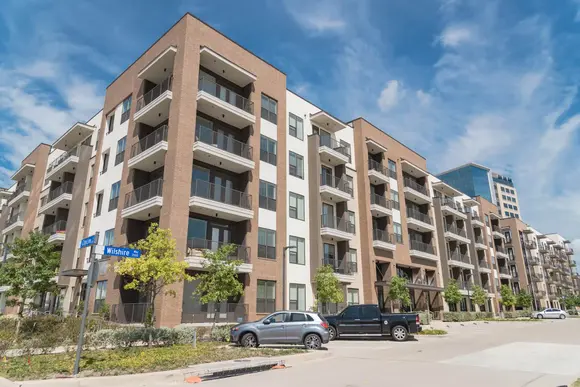What are the different Types Of Remedial Engineering Solutions? From waterproofing to concrete spalling and project management
Remedial engineering solutions encompass a range of techniques and services aimed at addressing various issues and problems in the construction industry. Here are some of the different types of remedial engineering solutions commonly employed:
- Waterproofing repairs: Waterproofing solutions involve the installation or repair of barriers and systems to prevent water infiltration into buildings and structures. This can include waterproof membranes, coatings, sealants, and drainage systems, among others. Waterproofing remedial works are crucial for preventing water damage, dampness, and mold growth.
- Magnesite repairs: Magnesite is a flooring material that was commonly used in the past, but it is prone to deterioration and can pose health risks due to its asbestos content. Remedial works for magnesite repairs involve the removal or encapsulation of the material, ensuring a safe and durable replacement, such as epoxy flooring or other suitable alternatives.
- Concrete repairs: Concrete is a commonly used construction material, but it can experience deterioration and damage over time. Remedial engineering solutions for concrete repairs involve assessing the extent of damage, preparing the affected surfaces, and applying appropriate repair techniques, such as concrete patching, crack injection, or structural strengthening.
- Façade rejuvenation: Building facades are exposed to various environmental factors and can deteriorate over time. Façade remedial works typically involve repairing or replacing damaged cladding, windows, and sealants. This helps improve the appearance, energy efficiency, and weather resistance of the building while addressing potential safety risks.
- Balcony repairs: Balcony repair is an important aspect of remedial engineering solutions, as balconies are exposed to various environmental elements and can suffer from deterioration over time. Remedial works for balconies typically involve a thorough inspection to assess the condition of the structure, railing systems, and waterproofing components. Based on the assessment, repairs may include replacing or repairing damaged concrete or decking, reinforcing the structural elements, upgrading railing systems to meet safety standards, and addressing waterproofing issues to prevent water damage.
It is important to note that the specific remedial engineering solutions required will depend on the nature and severity of the problem. Professional assessment and expertise are crucial in determining the most suitable and effective remedial works for each situation.
Apart from the above mentioned remedial building works, remedial engineering is also about the diagnostic investigation, technical specification, tender processing as well as the superintendent duties.
Technical specification and tender processing:
Remedial project management often involves the preparation of technical specifications and tender documents. This includes detailed descriptions of the required works, materials, and processes, as well as the evaluation and selection of contractors through the tendering process.
Tender processing includes the following steps:
- Scope Development: The tender processing begins with the development of a clear and comprehensive scope of work. This includes detailing the specific requirements, timelines, and deliverables of the project. The scope is often developed in collaboration with engineers, architects, and other professionals.
- Tender Documentation: The superintendent is responsible for preparing the tender documents, which typically include the technical specifications, contract terms, and evaluation criteria. The documents provide potential contractors with the necessary information to understand the project requirements and submit their bids.
- Bid Evaluation: The superintendent coordinates the evaluation and assessment of the submitted bids. This involves reviewing the bids, assessing the contractors’ qualifications and experience, and comparing their proposed methodologies and pricing. The superintendent may work closely with a procurement team or other stakeholders to ensure a fair and transparent evaluation process.
- Contract Award: Once the bids have been evaluated, the superintendent assists in the selection of the preferred contractor(s). This includes negotiating the contract terms, finalizing the agreement, and facilitating the contract award process. Clear communication with both successful and unsuccessful bidders is important to maintain transparency and professionalism throughout the process.
Superintendent Duties:
The superintendent serves as a representative of the client or the project owner and acts as a liaison between the various stakeholders involved in the project. Their duties typically include:
- Project Coordination: The superintendent is responsible for coordinating and managing all aspects of the remedial works project. This includes collaborating with contractors, engineers, and other professionals to ensure that the project progresses smoothly and according to the specified plans and schedules.
- Quality Control: The superintendent plays a crucial role in ensuring that the remedial works are carried out to the required standards and specifications. They monitor the work progress, conduct inspections, and perform quality control checks to verify that the work meets the necessary criteria and adheres to industry best practices.
- Communication and Reporting: The superintendent serves as the main point of contact for communication between the project stakeholders. They provide regular updates and progress reports to the client, project managers, and other relevant parties. Effective communication is crucial in ensuring that everyone involved is informed about the project’s status, changes, and any potential challenges.
Effective superintendent duties and tender processing are crucial for the successful execution of remedial engineering projects. With their oversight and coordination, remedial works can be carried out efficiently, ensuring quality, safety, and adherence to project requirements.
In summary, remedial engineering solutions encompass various types of repairs and services aimed at addressing construction issues. These solutions range from waterproofing repairs, magnesite repairs, concrete repairs to façade rejuvenation, balcony repairs and so on. In addition to these specific remedial works, the roles of superintendents, tender processing, technical specification and diagnostic investigations are equally important in remedial building projects.


